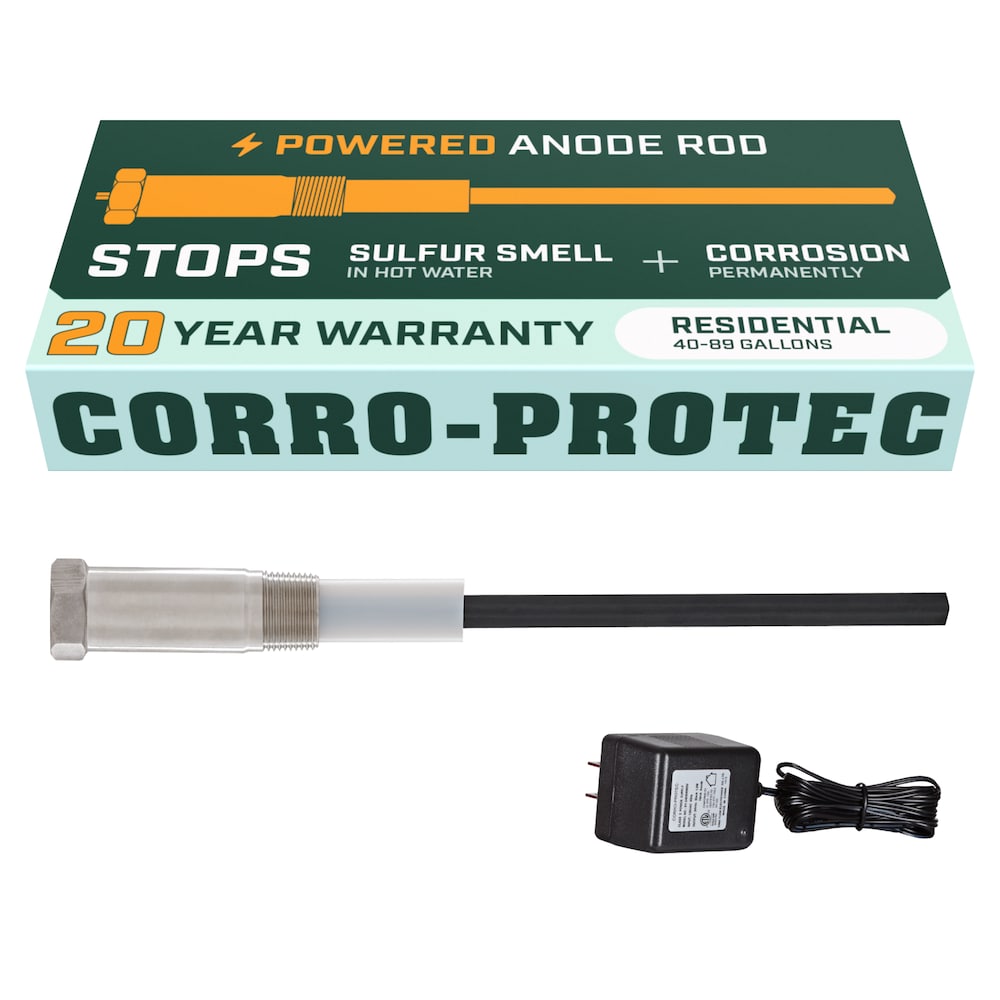Good day, For those here that have a place on the point, wondering if you can tell me what you do for water, if its not right from the channel?
Recently had to move the sand point, twice, ended up with high iron content water. Tried a filter, but it works marginally.
Wondering if anyone with good water from a sand point can tell me how deep they went with it?
Thanks muchly.
Recently had to move the sand point, twice, ended up with high iron content water. Tried a filter, but it works marginally.
Wondering if anyone with good water from a sand point can tell me how deep they went with it?
Thanks muchly.


